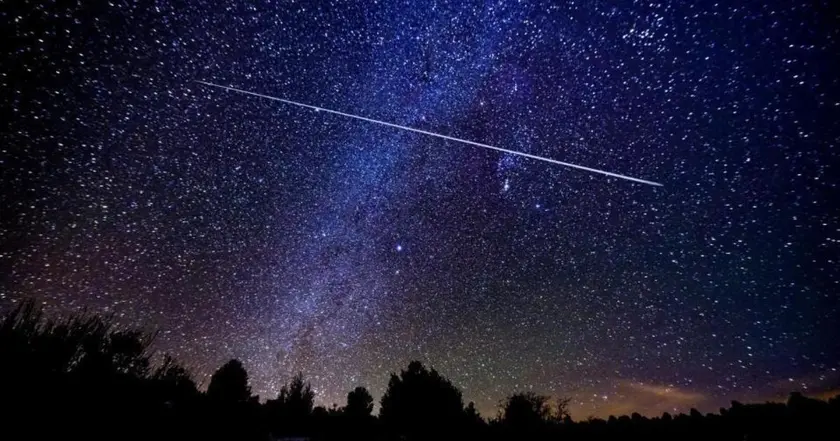T4K3.news
Perseid Shower Peaks Tonight
The Perseids reach a dramatic peak tonight with potential for bright fireballs and a livestream option for indoors viewing.
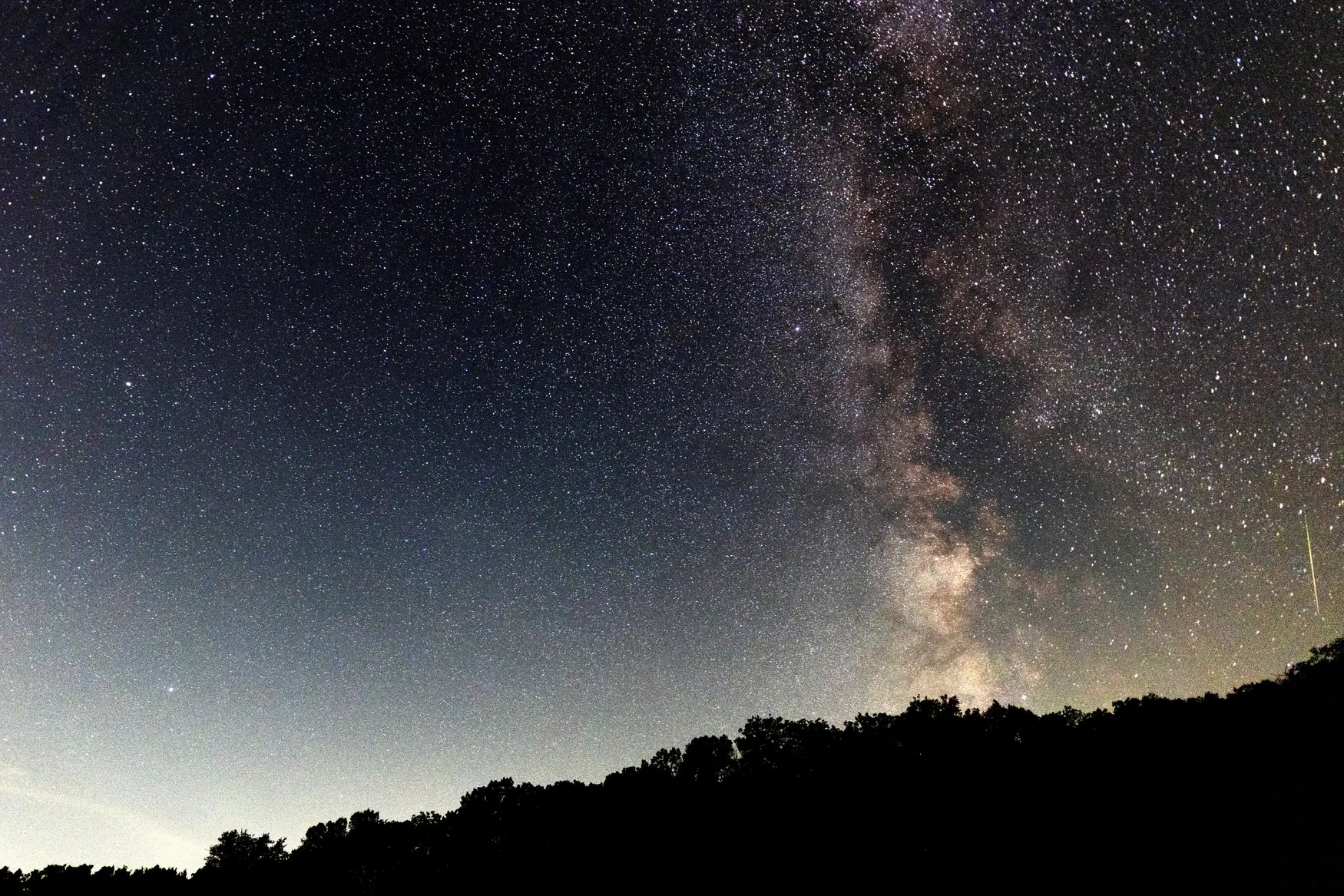
The Perseid meteor shower peaks tonight into the early morning hours, with up to 100 meteors per hour under ideal conditions.
Perseid Shower Reaches Peak Under Moonlit Sky
The Perseid meteor shower peaks on the night of August 12 into the early hours of August 13, with the best viewing between 2 a.m. and 4 a.m. local time. Observers could see up to 100 meteors per hour under ideal conditions, though a bright moon this year will wash out fainter meteors and leave only the brightest fireballs visible. The shower originates from debris left by Comet Swift-Tuttle and appears to radiate from the constellation Perseus in the northeastern sky.
No equipment is needed, just a dark sky location and time for your eyes to adjust. A free livestream hosted by the Virtual Telescope Project will begin at 5 p.m. EDT on August 12, providing real time views and commentary. The shower runs from July 17 to August 23, with the peak nights offering the most dramatic displays.
Key Takeaways
"In a good year you could see around 100 meteors/hour at peak, but this year since you will only see the brightest ones, it is only expected to be around 15 meteors/hour."
Forecast for this year’s visibility due to moonlight
"No equipment is needed, just a dark sky location, patience, and time for your eyes to adjust."
Viewing guidance for casual observers
"A waning gibbous moon, 86% illuminated, may obscure fainter meteors, but bright fireballs should still be visible."
Moon phase impact on visibility
"The Virtual Telescope Project will host a free livestream starting at 5 p.m. EDT on August 12."
Livestream access to the shower
The Perseid display shows how public science outreach has evolved, with livestreams enabling wide access even for city dwellers. Yet the weather and the moon remind us that even spectacular events depend on natural conditions.
This event also highlights a broader trend: interest in astronomy is rising as more people connect with science online. The cost of amateur stargazing is low, while the potential reach of a single meteor shower can be large. The risk is that audiences may treat it as a spectacle rather than a learning moment.
Highlights
- Let the dark sky be your guide tonight
- Patience is the best telescope for Perseids
- Fireballs light up a quiet dawn
- Moonlight may steal a few meteors but spectacle remains
The night sky invites us to look up and wonder, together.
Enjoyed this? Let your friends know!
Related News
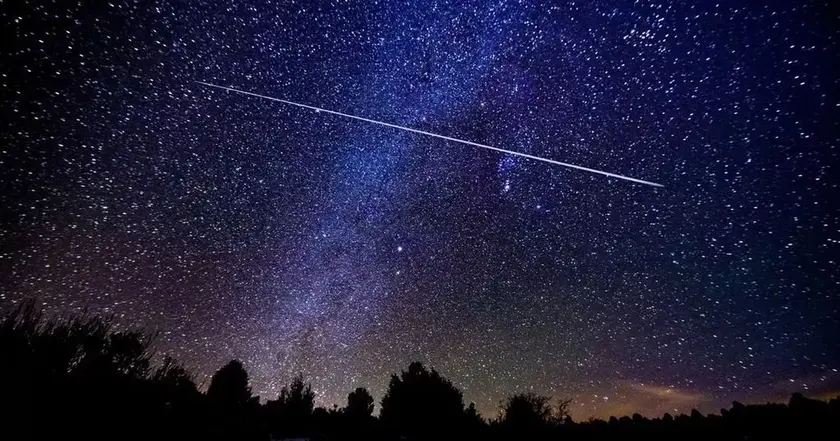
Perseid meteor shower peaks tonight
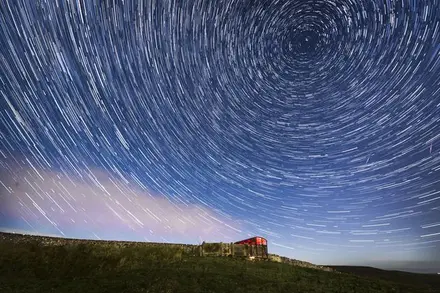
Perseid Meteor Shower Lights NI Sky
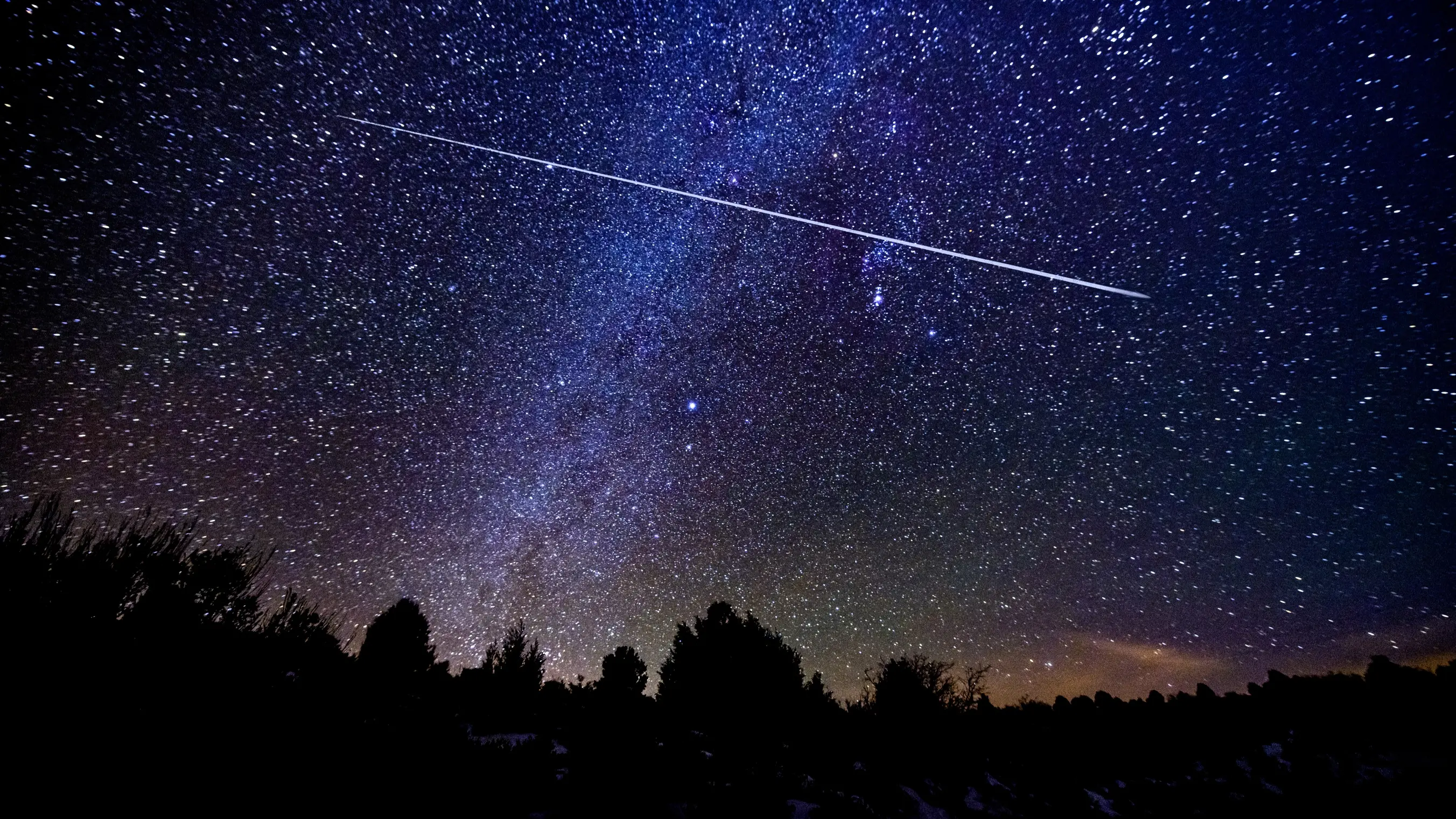
Perseid meteor shower peaks tonight in the UK
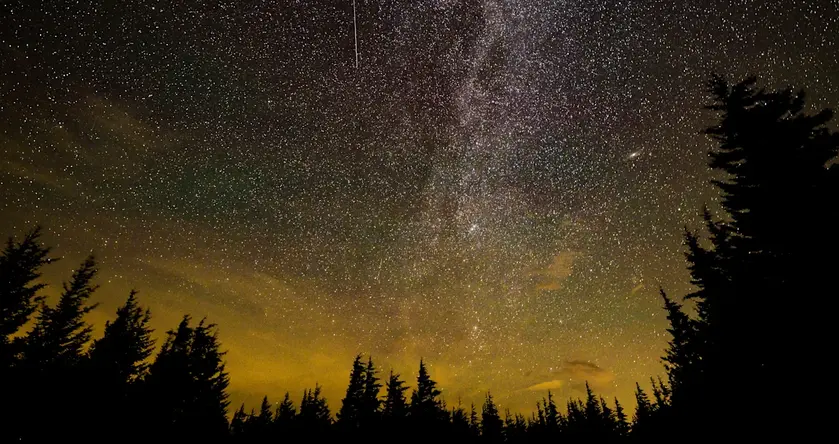
Perseids Peak Tonight
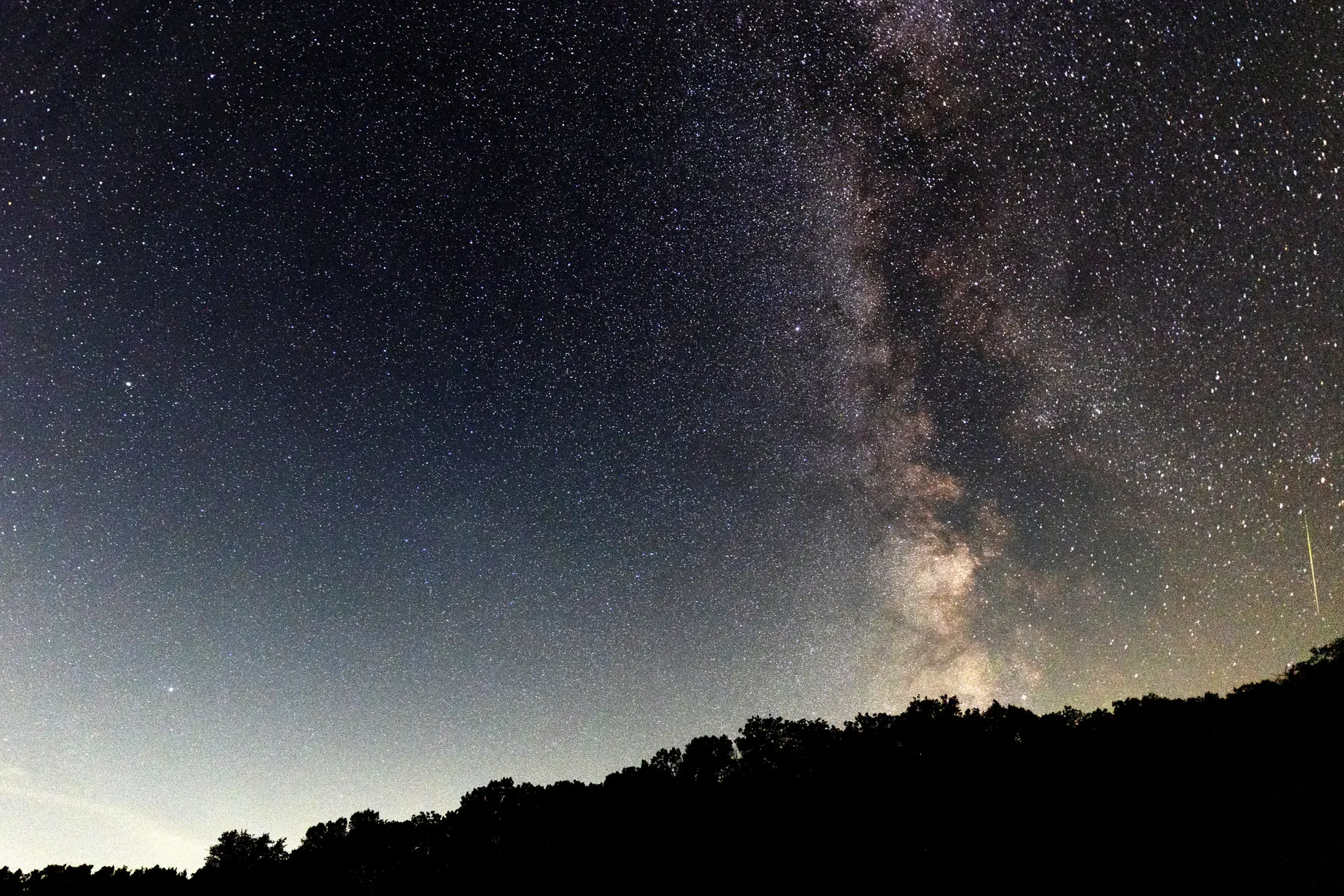
Perseids Peak With Live Viewing
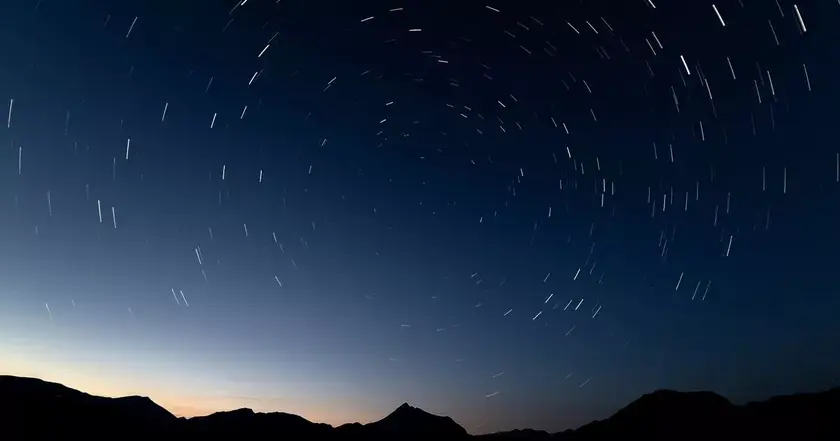
Double meteor shower peaks tonight in the UK

Perseid meteor shower peaks with free livestream
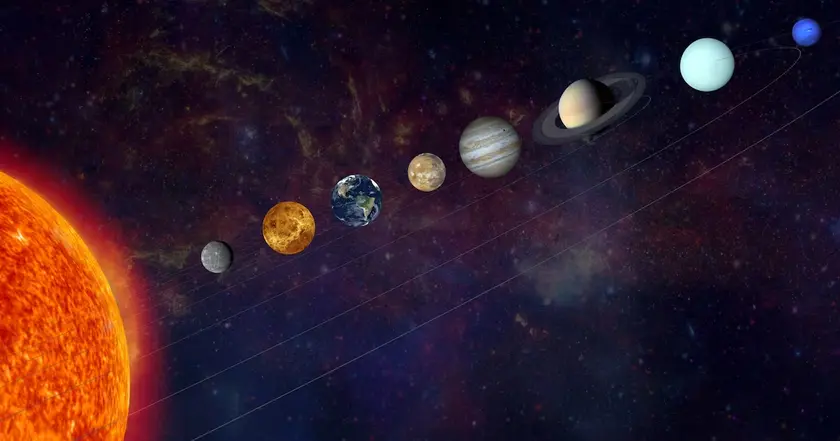
Space events light Miami Valley sky
